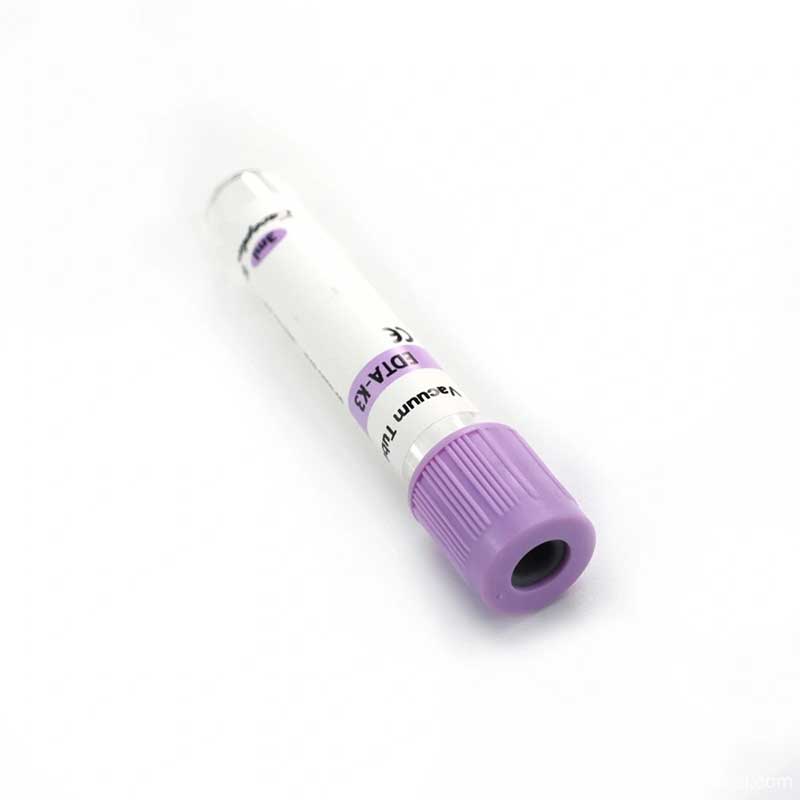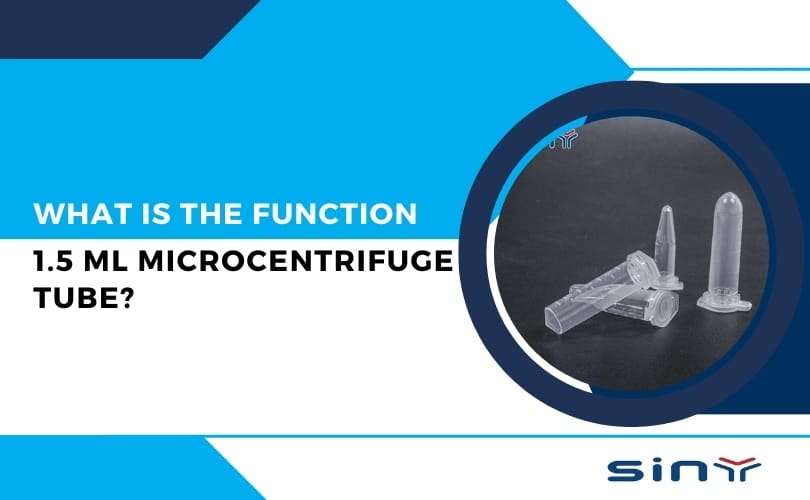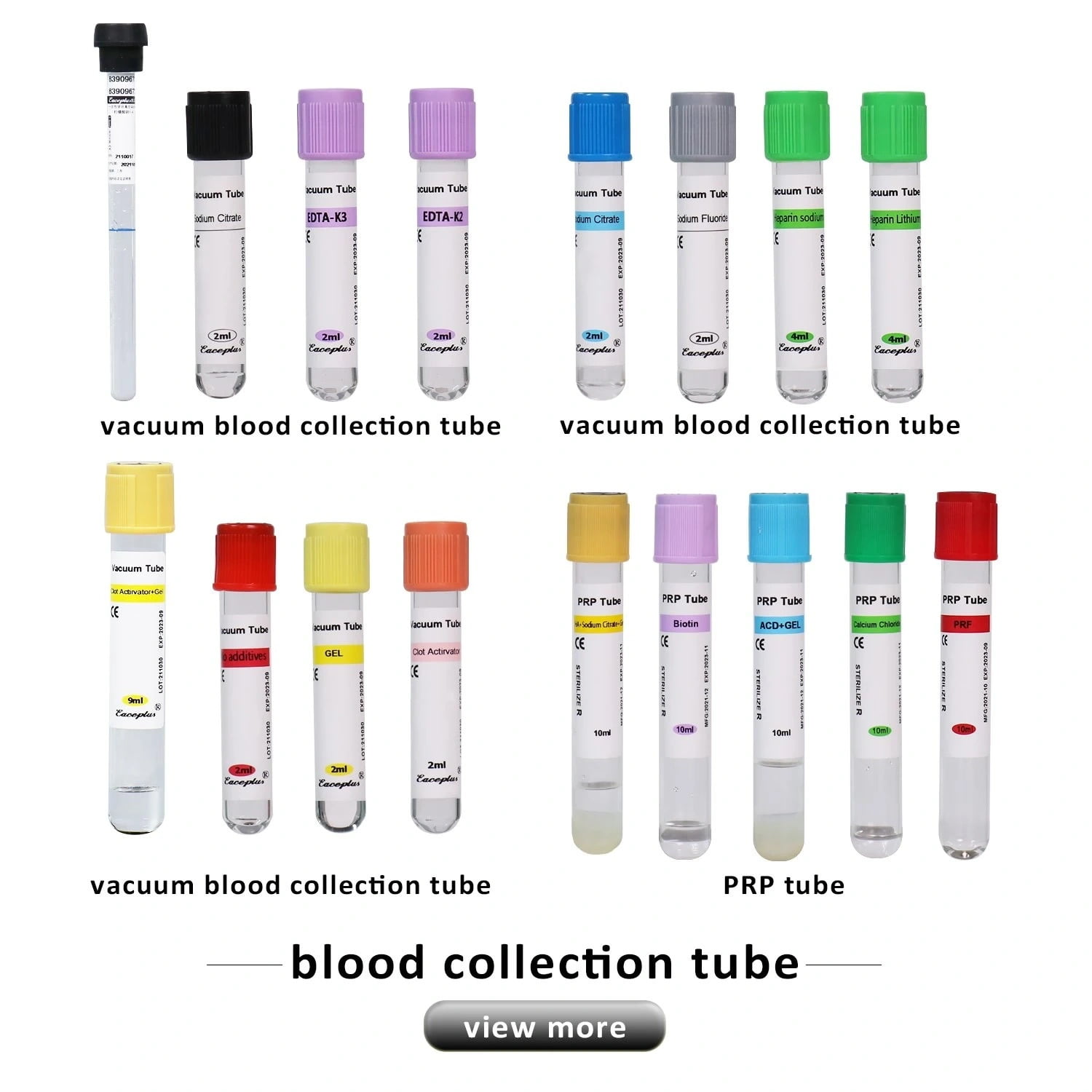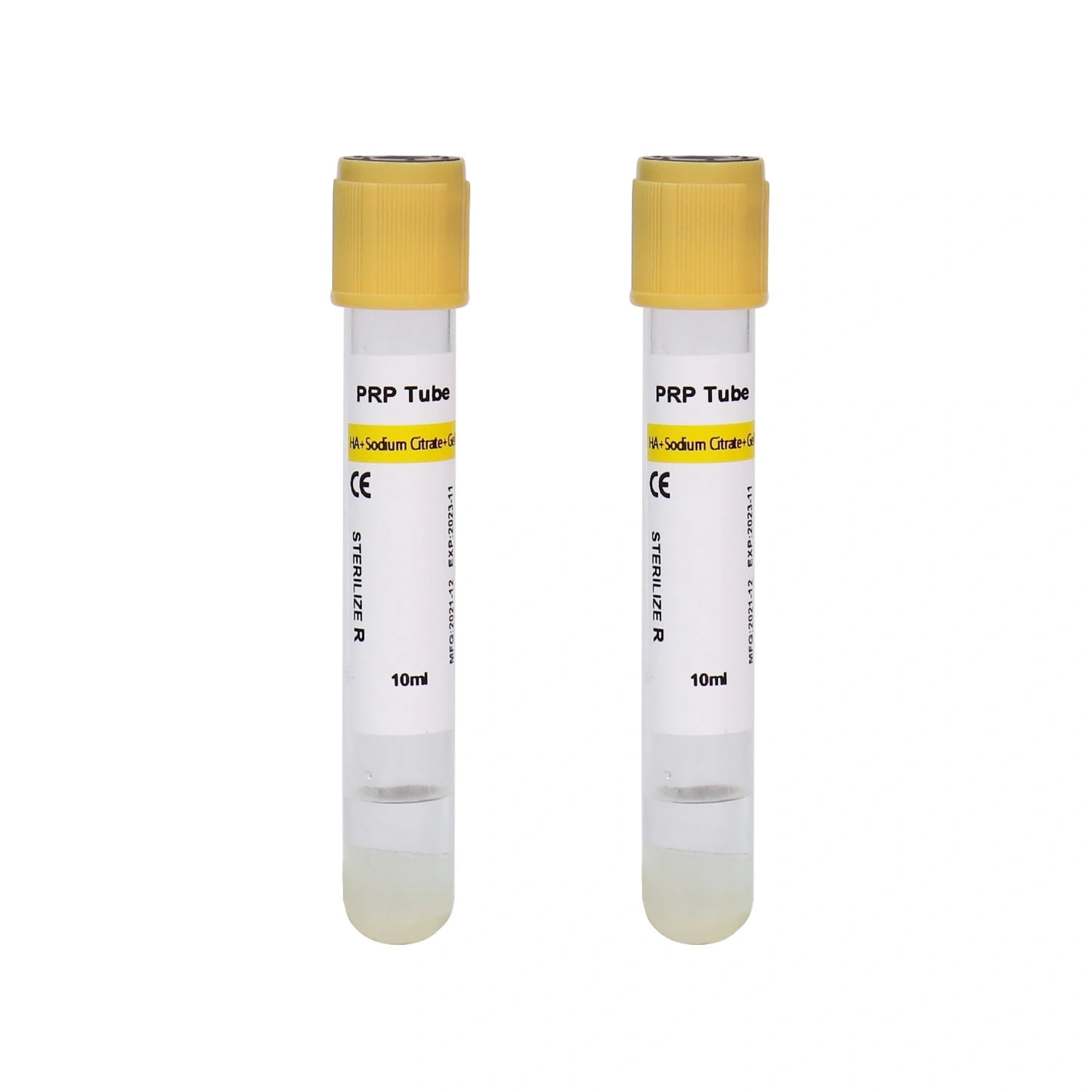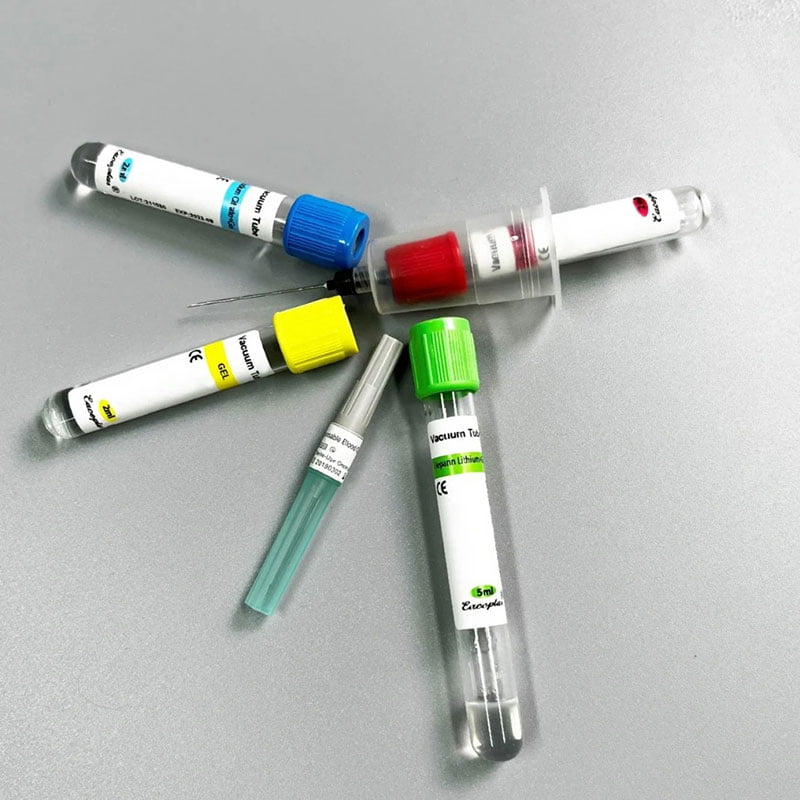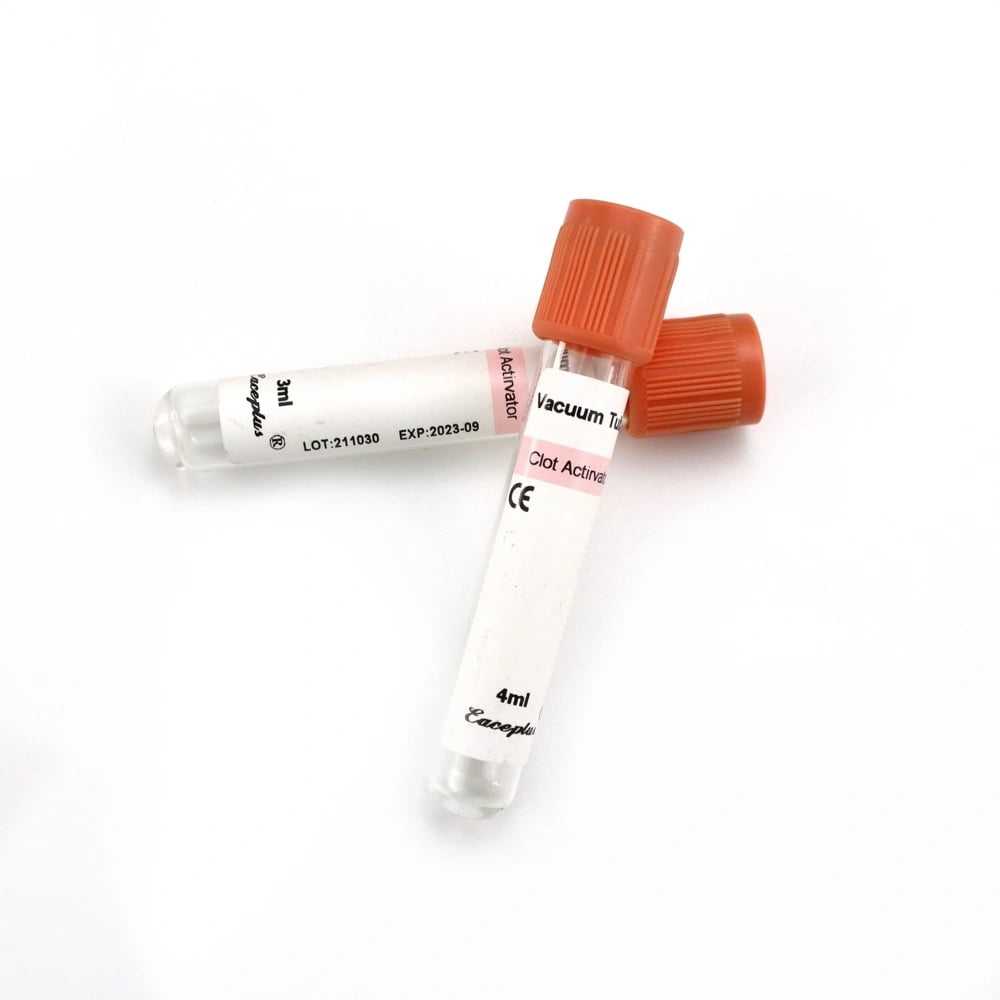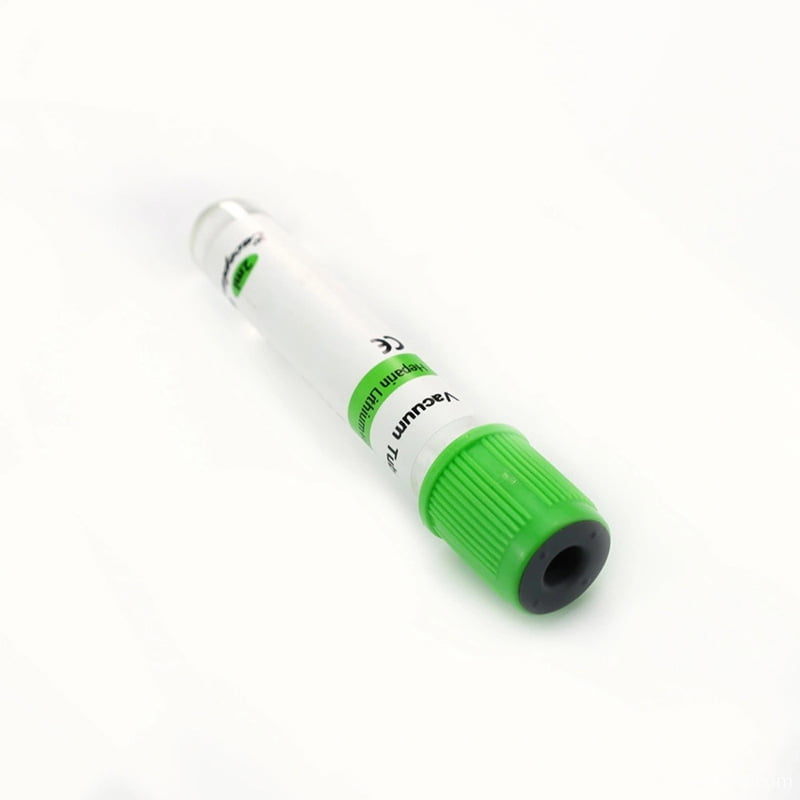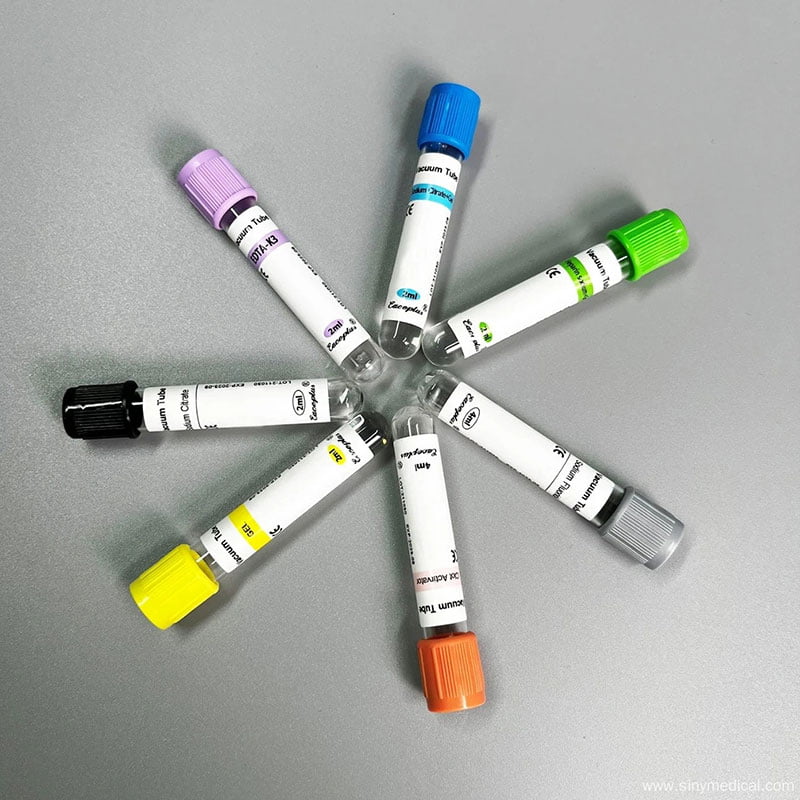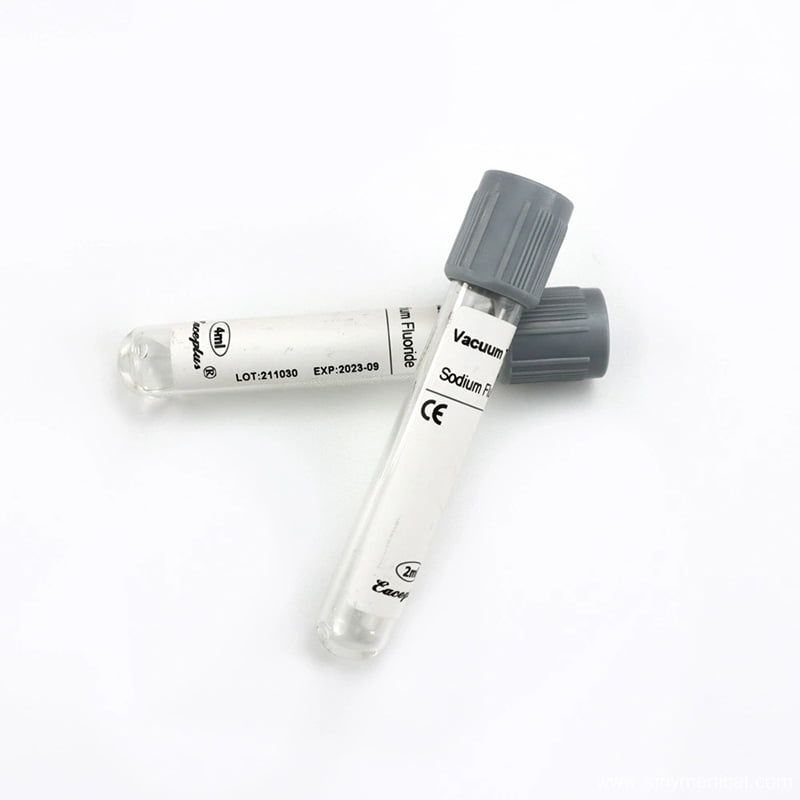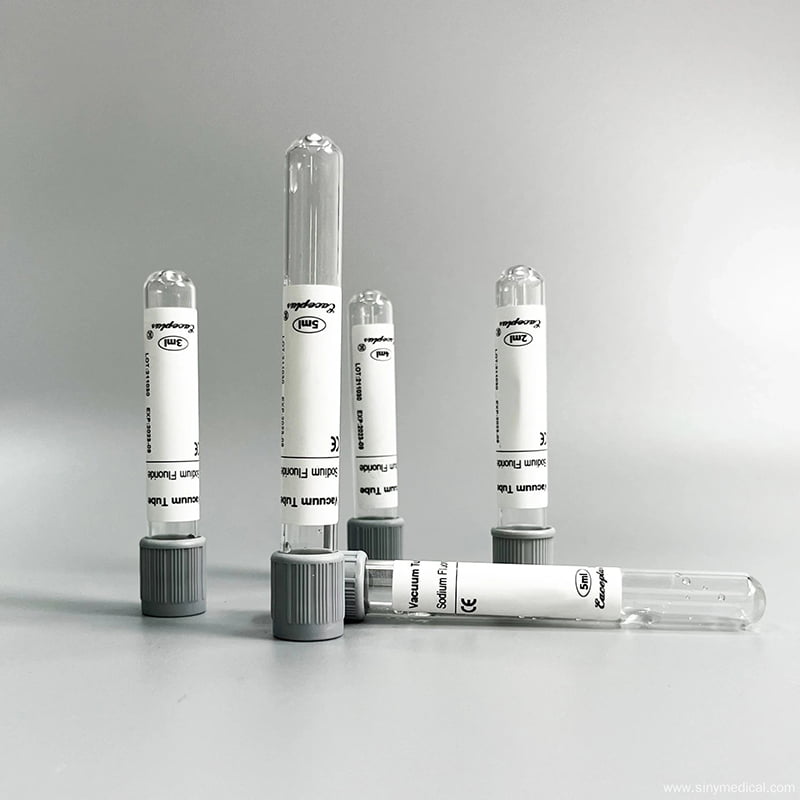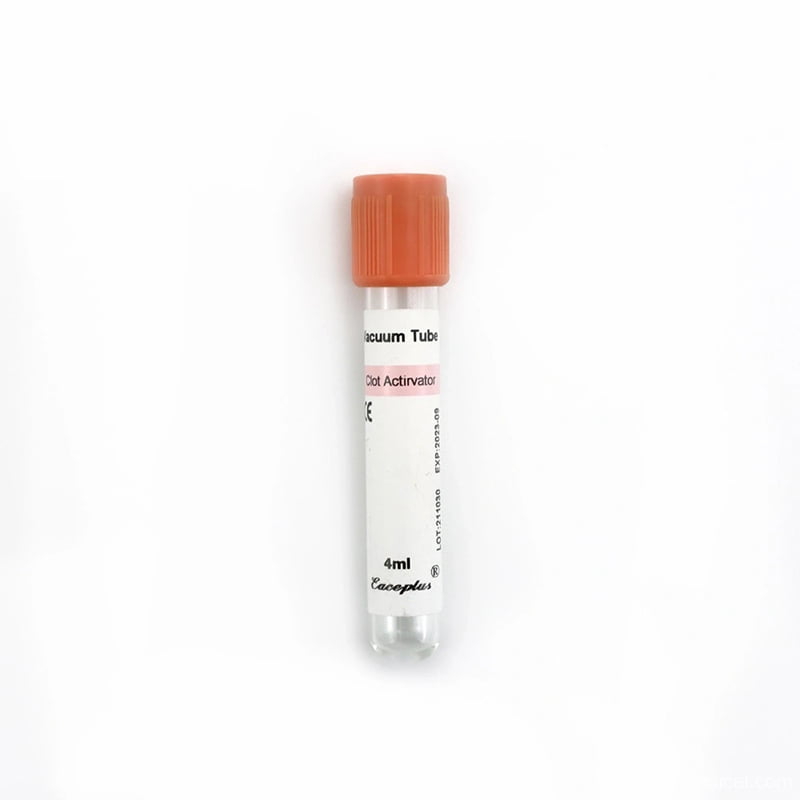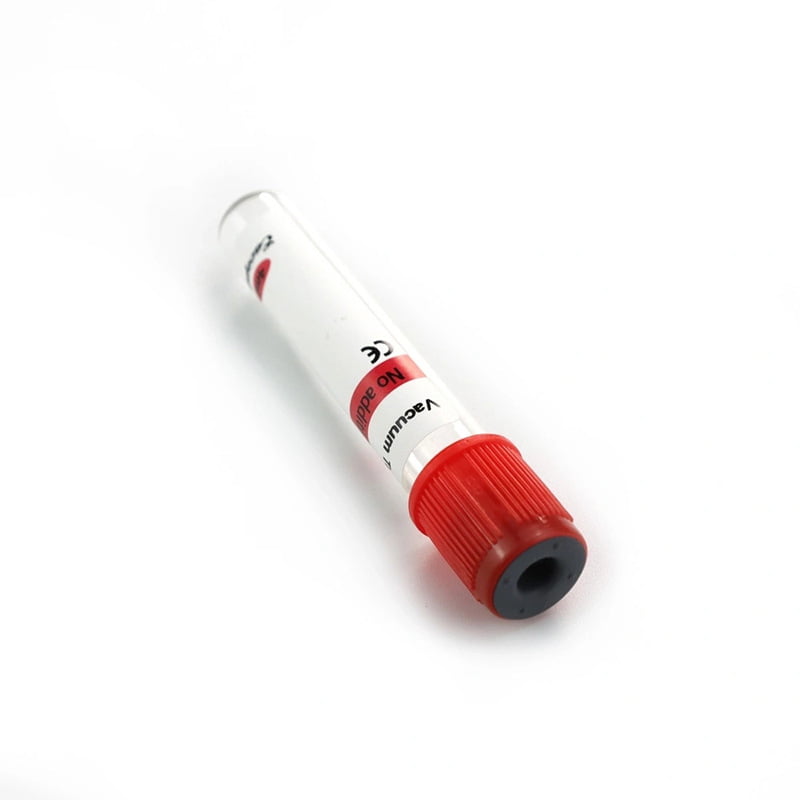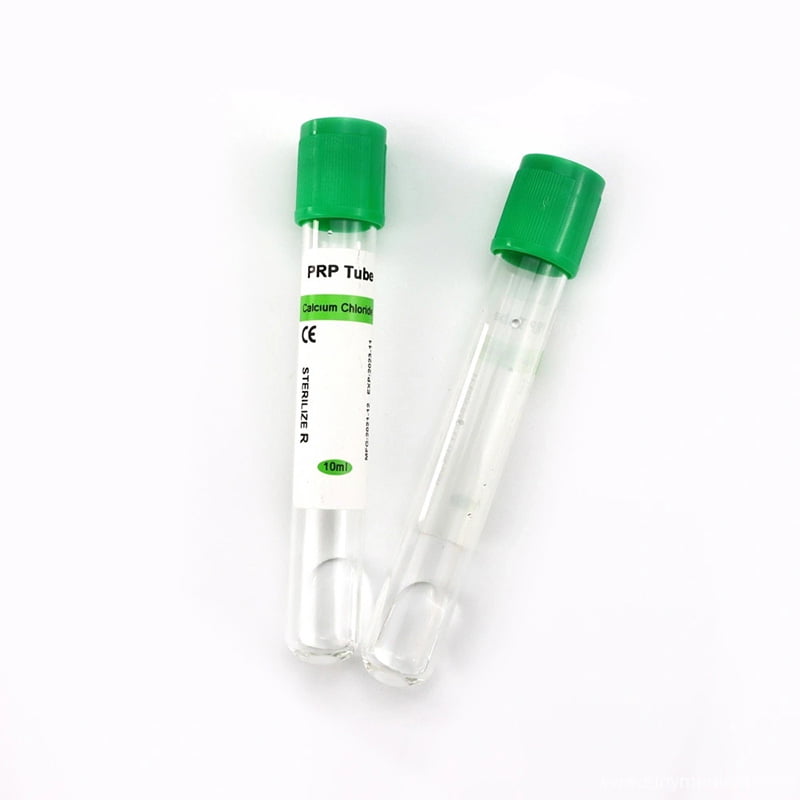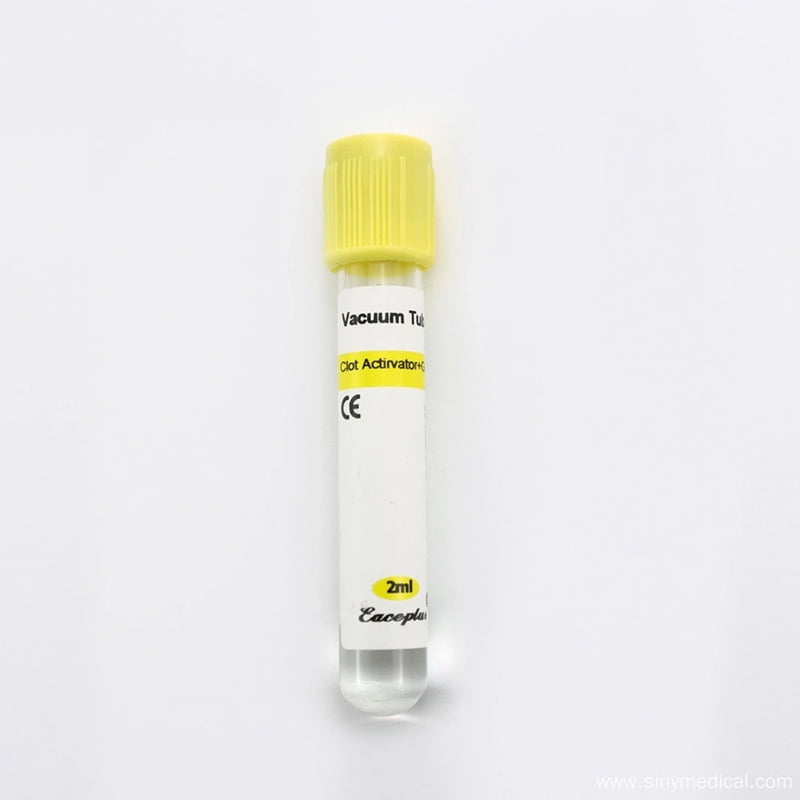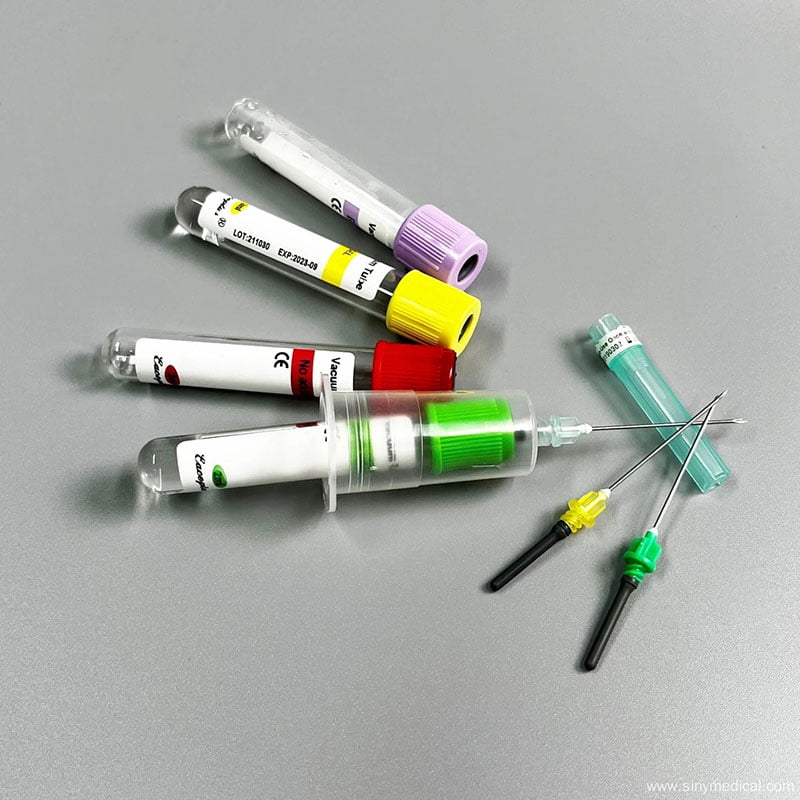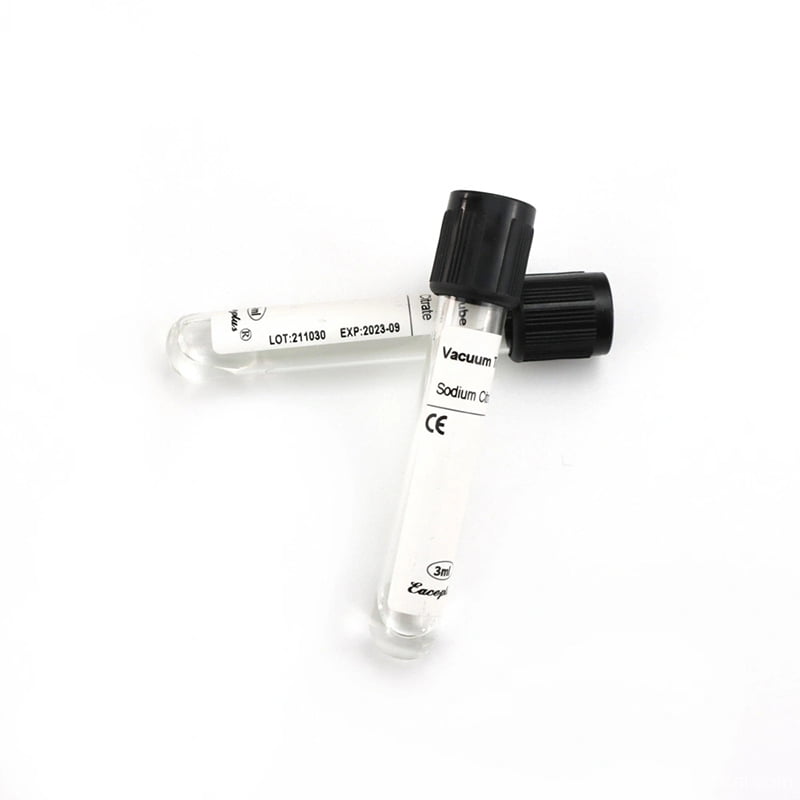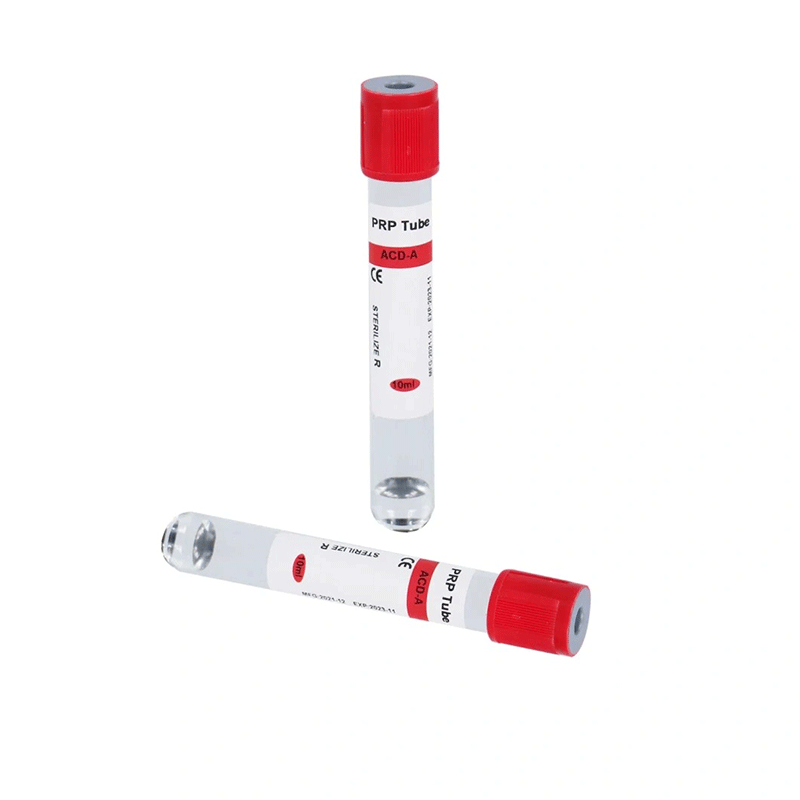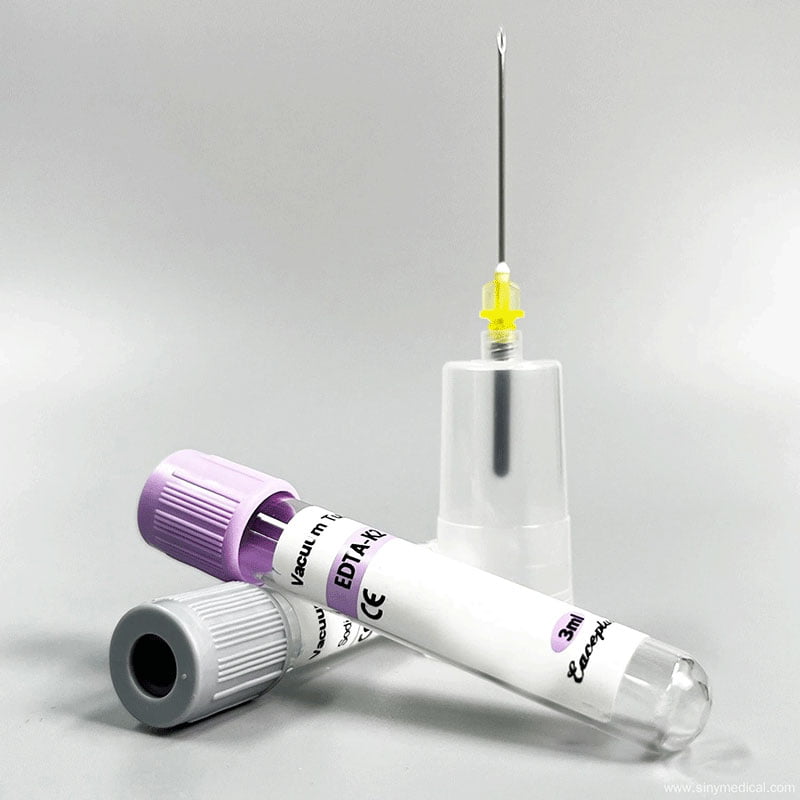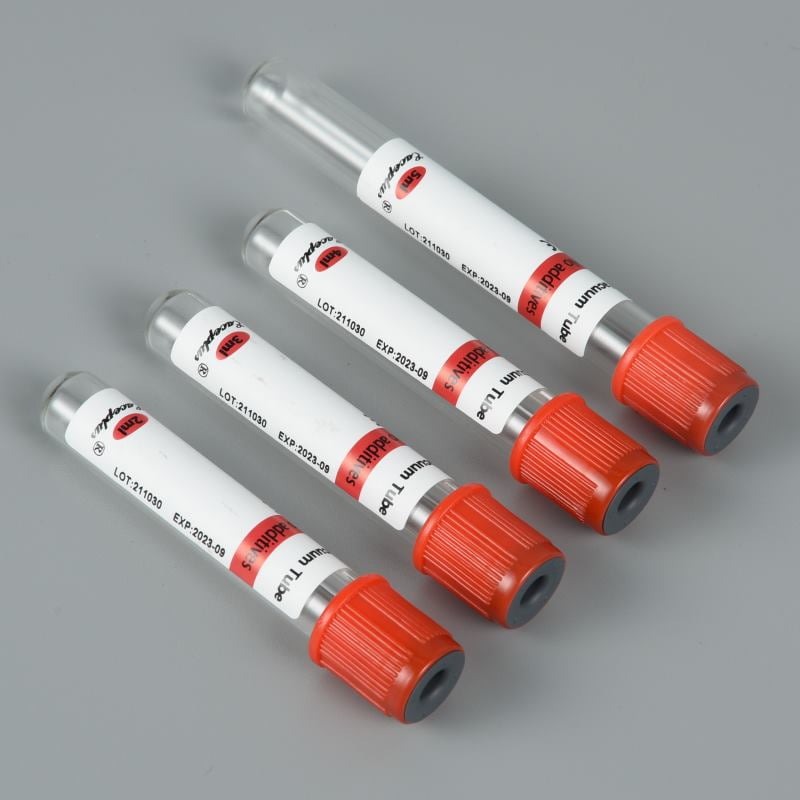Platelet-rich plasma (PRP) therapy has gained significant attention in the medical and aesthetic fields for its regenerative properties. The type of tube used during blood collection and centrifugation plays a critical role in the successful preparation of PRP. This article will explore the specifics of PRP tubes, including their colour coding, materials, design features, and role in ensuring optimal outcomes in PRP therapy.
Table of Contents
Understanding PRP and Its Applications
What is Platelet-Rich Plasma?
- Platelet-rich plasma (PRP) is a concentration of platelets derived from a patient’s blood. It contains growth factors and cytokines that promote healing and tissue regeneration. PRP therapy finds extensive application across various medical fields, including orthopedics, dermatology, and dentistry, for treating conditions such as:
- Hair Restoration: Stimulating hair growth in individuals with androgenic alopecia.
- Joint Pain: Treating osteoarthritis and other joint-related issues.
- Skin Rejuvenation: Improving skin texture and reducing wrinkles through facial rejuvenation treatments.
The Role of PRP Tubes
PRP tubes are specifically designed to facilitate the separation of platelets from other blood components. The effectiveness of PRP preparation largely depends on the type of tube used for blood collection.
What Color Tube is Used for PRP?
PRP tube colors customized
PRP tube colors can be fully customized to meet specific needs, making them ideal for branding, easy identification, or differentiating between procedures. Custom-colored tubes enhance organization in clinics and labs, ensuring efficiency and precision. Whether for aesthetic purposes or functional labeling, customized PRP tube colors offer flexibility and a professional touch for your practice

- Additive: These tubes usually contain a gel separator, sodium citrate, or other anticoagulants.
- Function: The gel separator facilitates plasma separation from red blood cells after centrifugation, allowing for a higher concentration of platelets.
Other Tube Options
While PRP preparation primarily uses yellow or gold tubes, some protocols allow for the use of red-top tubes without additives. However, these are less common due to their inability to separate plasma effectively without a gel separator.
Materials Used in PRP Tubes
High-quality materials make PRP tubes safe and effective during collection and processing.
Plastic vs. Glass Tubes
- Plastic Tubes:Material: Most manufacturers make PRP tubes from polypropylene (PP), which is lightweight, durable, and resistant to chemical reactions.
- Advantages: Plastic tubes are less likely to break during handling and centrifugation than glass tubes.
- Glass Tubes:Material: Some specialized applications may use glass tubes.
- Advantages: Glass provides superior chemical stability and sterilizes easily; however, it is more fragile.
Design Features of PRP Tubes
The design of PRP tubes plays a crucial role in ensuring optimal performance during the preparation process.
Conical Bottom Design
Most PRP tubes feature a conical bottom design that allows for efficient sedimentation of blood components during centrifugation. This design ensures that.
- Precipitates Concentrate at the Bottom: The conical shape helps gather platelets at the bottom tip, making it easier to extract platelet-rich plasma after centrifugation.
Wide Mouth Opening
The wide mouth opening facilitates easy filling and sample removal, reducing the risk of contamination during handling. Secure Sealing Mechanism
Many PRP tubes come with screw caps or snap-on lids that provide a secure seal to prevent leakage during centrifugation. This feature is essential for maintaining sample integrity throughout the process. The Centrifugation Process

Centrifugation is a critical step in preparing PRP from whole blood. Understanding how this process works helps clarify why specific tube types are necessary.
Steps Involved in Centrifugation
- Blood Collection: The healthcare professional draws blood from the patient into the designated PRP tube, which is typically yellow or gold.
- Centrifugation: The centrifuge operator places the tube in the centrifuge, where it spins at high speeds, usually between 1500 and 3000 RPM, for 10 to 15 minutes.
- Separation: During centrifugation, the centrifugal force separates blood components based on density
- Red blood cells settle at the bottom.
- Platelet-rich plasma forms above the red blood cells.
- Plasma containing fewer platelets remains above the PRP layer.
- Extraction: After centrifugation, a syringe or pipette extracts the platelet-rich plasma layer without disturbing the red blood cells at the bottom.
Conclusion
Understanding what color tube to use for PRP—primarily yellow or gold—plays a crucial role in achieving effective platelet-rich plasma therapy. The choice of tube impacts not only the efficiency of platelet extraction but also influences treatment outcomes across various medical applications. By utilizing high-quality materials and designs tailored for optimal performance, healthcare providers can ensure successful results in regenerative therapies.
As interest in PRP therapy grows, so does the importance of using specialized equipment like PRP tubes explicitly designed for this purpose. Whether involved in hair restoration, joint pain management, or skin rejuvenation treatments, selecting the correct tube can significantly enhance your practice’s effectiveness and patient satisfaction.
FAQs
Can EDTA tubes be used for PRP?
No, EDTA tubes are not recommended for PRP preparation. EDTA acts as an anticoagulant that binds calcium, which is necessary for clotting. For PRP, it is essential to use tubes that separate platelets without interfering with their function, typically yellow or gold tubes with a gel separator.
Can I use a yellow tube for PRP?
Yes, practitioners commonly use yellow or gold tubes for PRP preparation. These tubes usually contain a gel separator and anticoagulants that help prevent clotting while allowing for the effective separation of plasma rich in platelets.
What colour are PRP injections?
PRP injections typically appear yellowish or straw-coloured. This colouration comes from the plasma component of the blood, which is rich in platelets and growth factors after centrifugation.
What blood sample is used for PRP?
For PRP preparation, healthcare professionals collect whole blood from the patient. They then place this blood sample in a suitable centrifuge tube, usually yellow or gold, to separate the platelet-rich plasma from other components through centrifugation.
Which needle is best for PRP?
A butterfly or larger gauge needle, such as an 18-20 gauge, typically works best for drawing blood for PRP. These needles facilitate smoother blood flow and minimize trauma to the vein, which can help preserve the quality of the sample.
How long does it take to prepare PRP?
The entire process, including blood collection, centrifugation, and preparation of the injection, usually takes about 30 to 60 minutes.
How many times can I have PRP therapy?
The frequency of PRP therapy depends on individual treatment plans and conditions being treated. Typically, patients may receive treatments every 4-6 weeks, but consulting with a healthcare provider for personalized recommendations is essential.
You May Also Read
- What is a PRP tube?
- PRP Tube for Hair Restoration
- What is a PRP tube with biotin?
- PRP Tube for Hair Treatment Manufacturer
- The Power of Sinymedical PRP Tubes for Beauty
If you enjoyed this article, please subscribe to our YouTube channel. We provide product video tutorials. You can also follow us on Instagram and Facebook to stay up to date with new updates, news and special deals.

